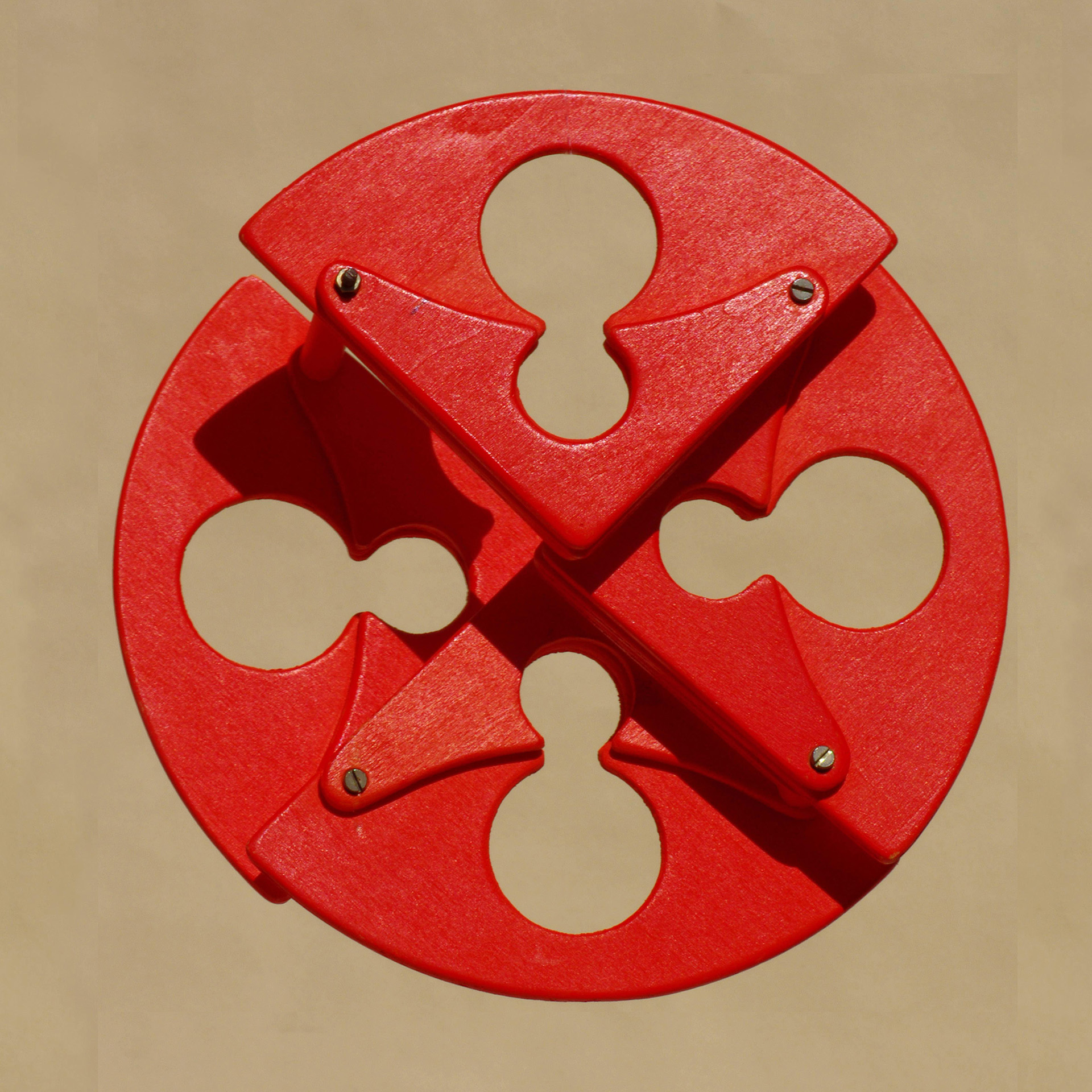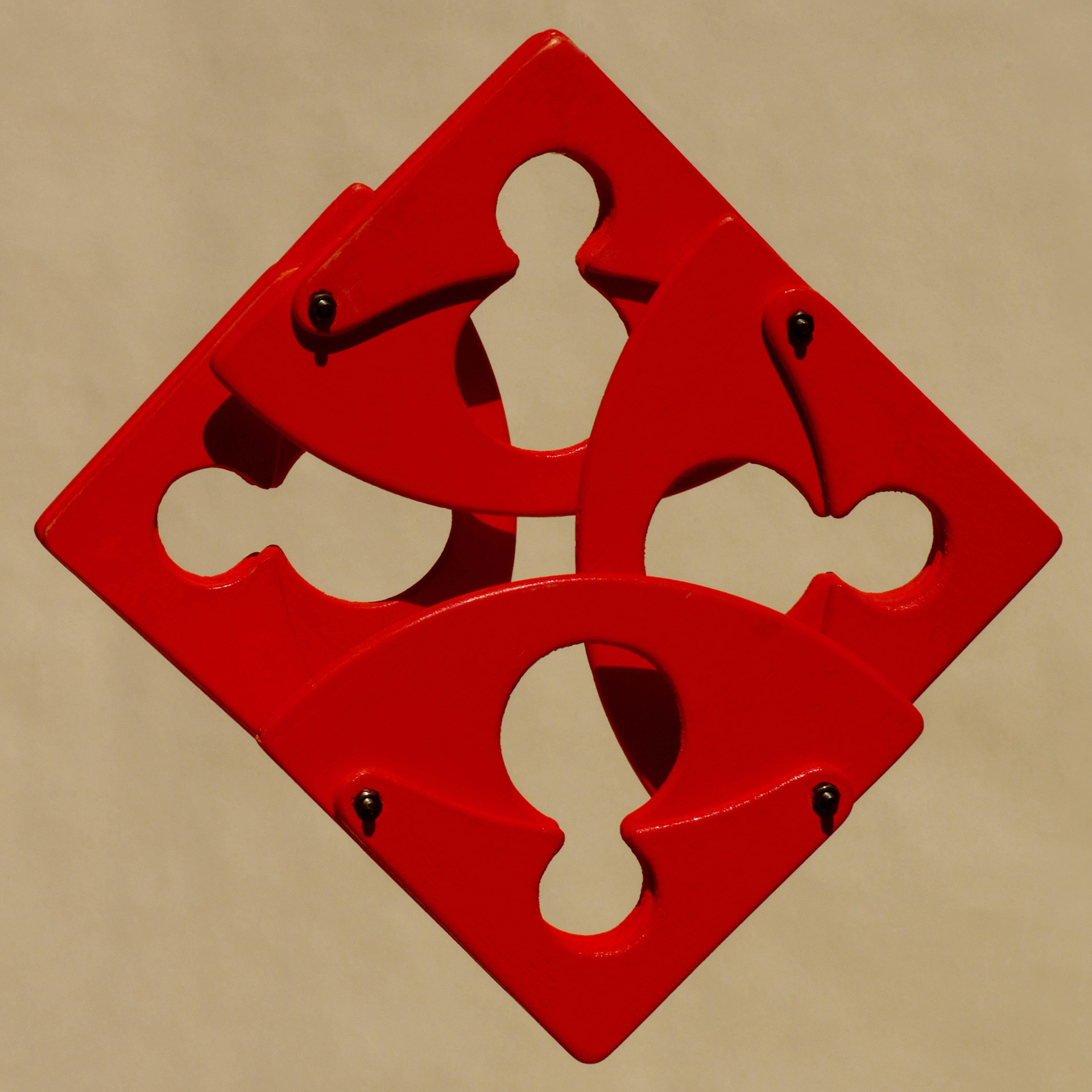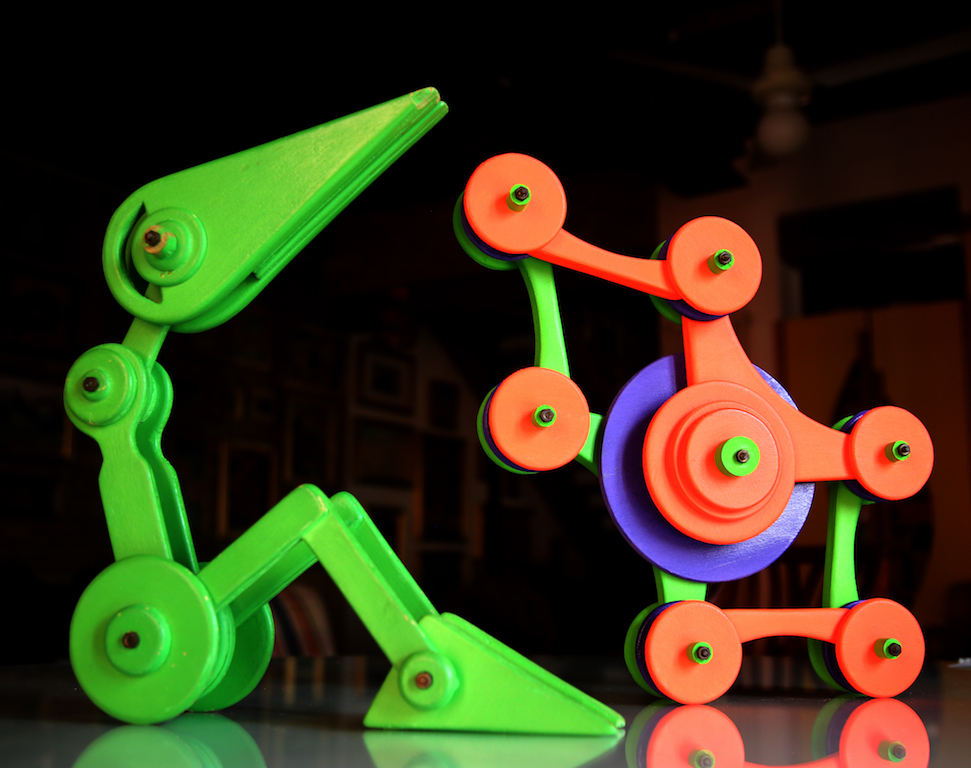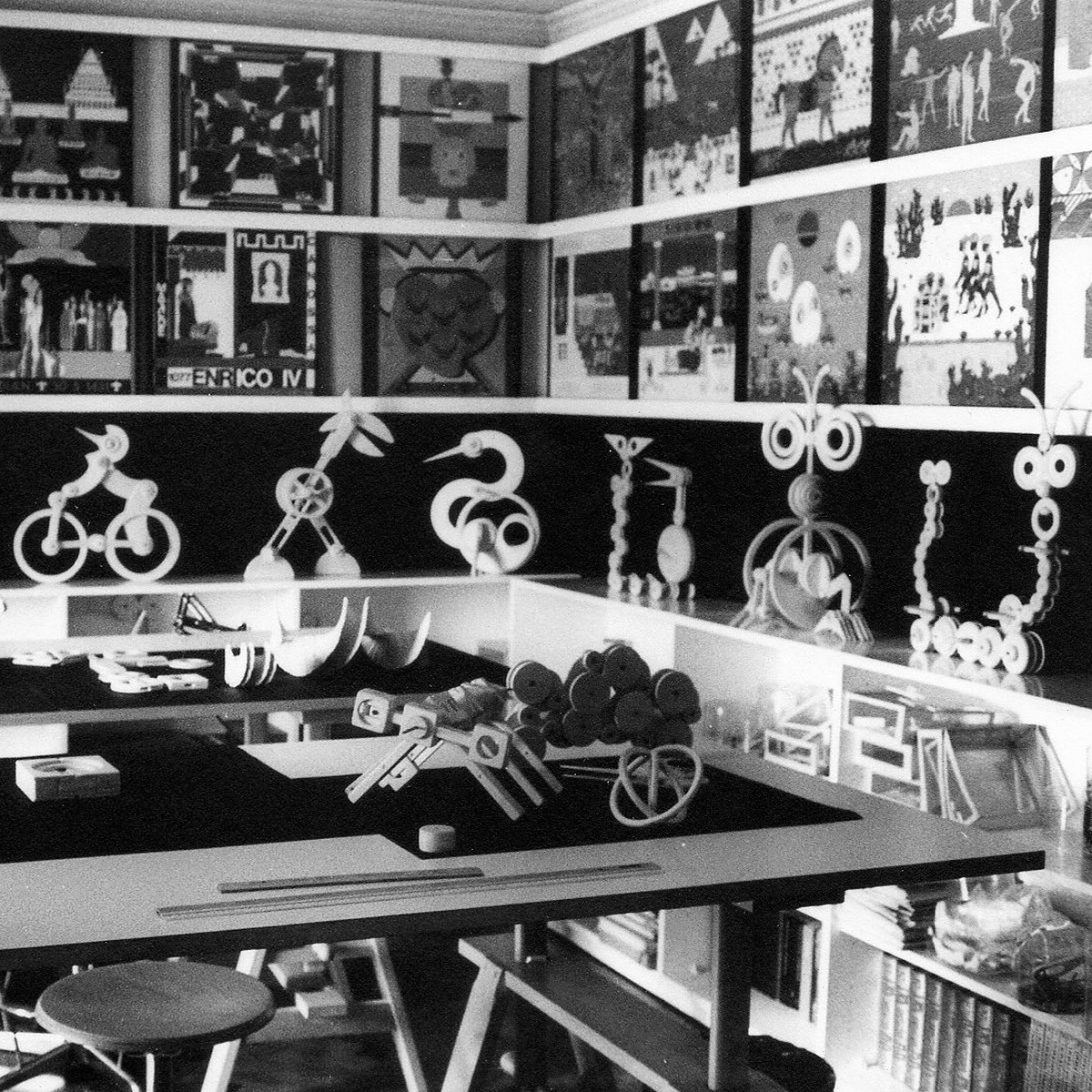Beyond form
The squaring of the circle is one of the three famous geometric problems of antiquity.
Dating back to the origins of geometry, it kept mathematicians busy for centuries with the aim of forming a square with the same area as the circle.
The two most influential Greek philosophers in history, Plato and Aristotle, considered geometry to be the model par excellence for the generation of knowledge, in particular knowledge concerning nature.
The philosopher Immanuel Kant stated in the Critique of Pure Reason of 1781 (1787) that Man lives in a continuum of space and time that determines his way of perceiving and thinking, just as geometry and arithmetic are necessary tools for establishing a relationship with space and time. Similarly, the transformation of the circle into a square is a spatial problem.
The solution would be declared impossible, as rigorously demonstrated with the application of ‘pi’ by the German mathematician Von Lindemann in 1882.
Despite the end of an intellectual dream that had lasted more than 2000 years, the metaphorical expression ‘squaring the circle’ continues to indicate a problem with no solution and impossible to solve. Paradoxically, today it is improperly used instead in a positive sense, to describe the perfect solution to a given problem.
But in the end, what is the truth? Can there be readings and interpretations that, beyond mathematics, can give us other points of view?
LA QUADRATURA DEL CERCHIO (The Squaring of the Circle), for these and many other reasons, is probably the most fascinating and ingenious work of art I have had the opportunity to observe and touch, during a visit I made a few months ago to Venice, to the house-workshop of the architect, sculptor, and artist Elena Guaccero.
A set of wooden structures lacquered in tulip red, which, rotating on cylindrical metal pivots, end up overlapping on several levels, first becoming a circle and then a square, confirming that, through a simple sequence of movements, “a circle can become a square and a square can become – or return to being – a circle”.
To the exemplification that Guaccero leaves us through this work (which I invite everyone to watch in the video), I like to imagine that we can link a metaphorical message that urges us towards an elastic, fluid, mutating and restructuring vision of thought and life itself.
When we say, “seeking the squaring of the circle”, it means “to strive to find the ideal solution to a certain problem”; but it also means attempting the impossible because the problem to be solved is too difficult and the search for a solution is mere illusion.
By modulating this work – constructing a circle from a square and then bringing the circle back to being a square through the formation of other geometric figures – we immediately grasp the power of our ability to take action.
We have the possibility of transforming one thing into another thing through movement.
We can see it from another perspective.
We can change its space.
We can make it angular through the construction of angles, or blunt it, make it smooth, rounding it off; even make it seem to change weight as it appears to be heavier or lighter.
The quaint and succinct proverb “He who is born round cannot die square”, (by which it was stated that nothing and no one can change its shape), perhaps does not correspond to a canonical truth.
Form is not static, it is dynamic.
Thought, intention, action can change by modifying the form, just as the opposite can happen.
Whoever is born round CAN therefore die square, but also oval, triangular, trapezoidal…
Sabrina Colle




